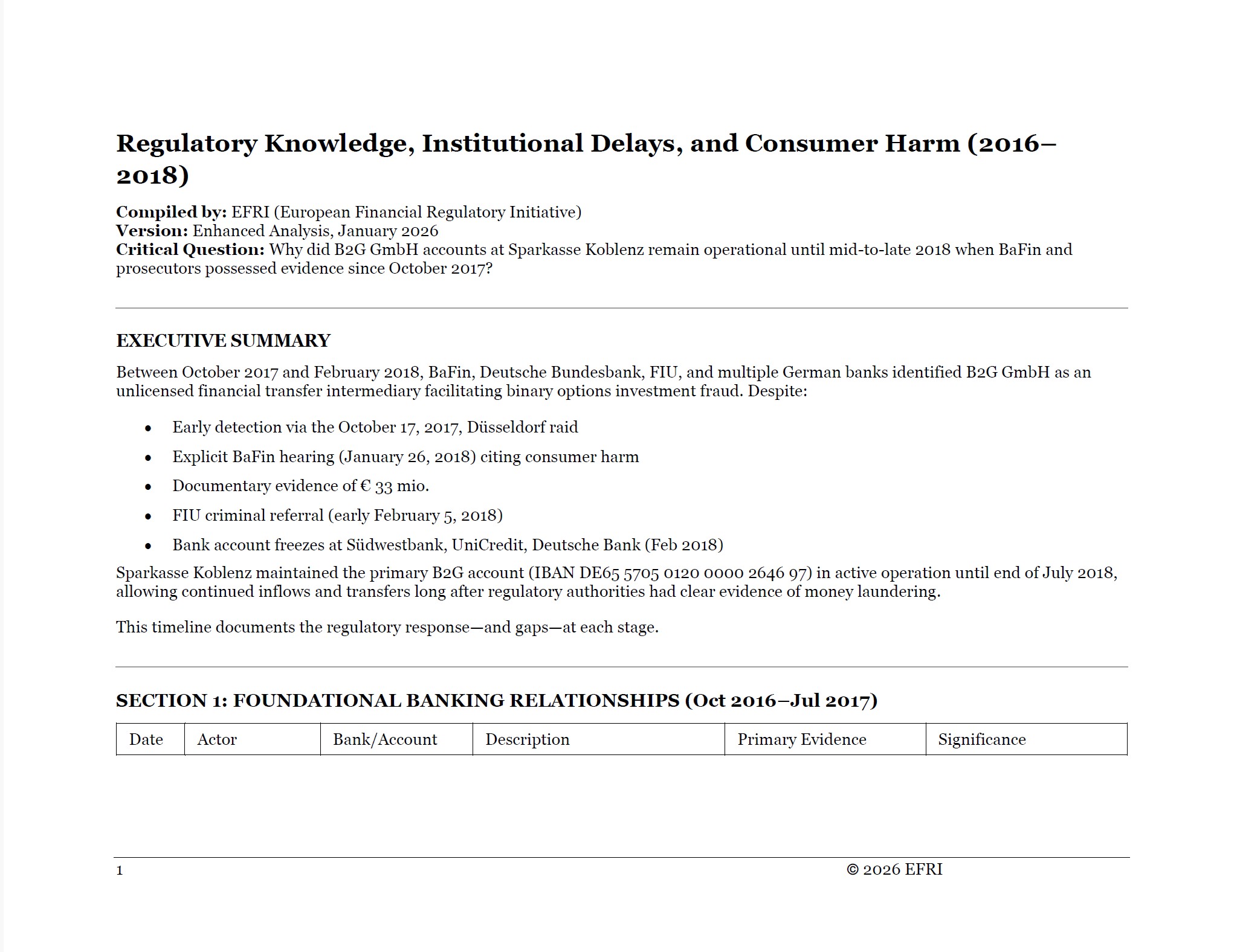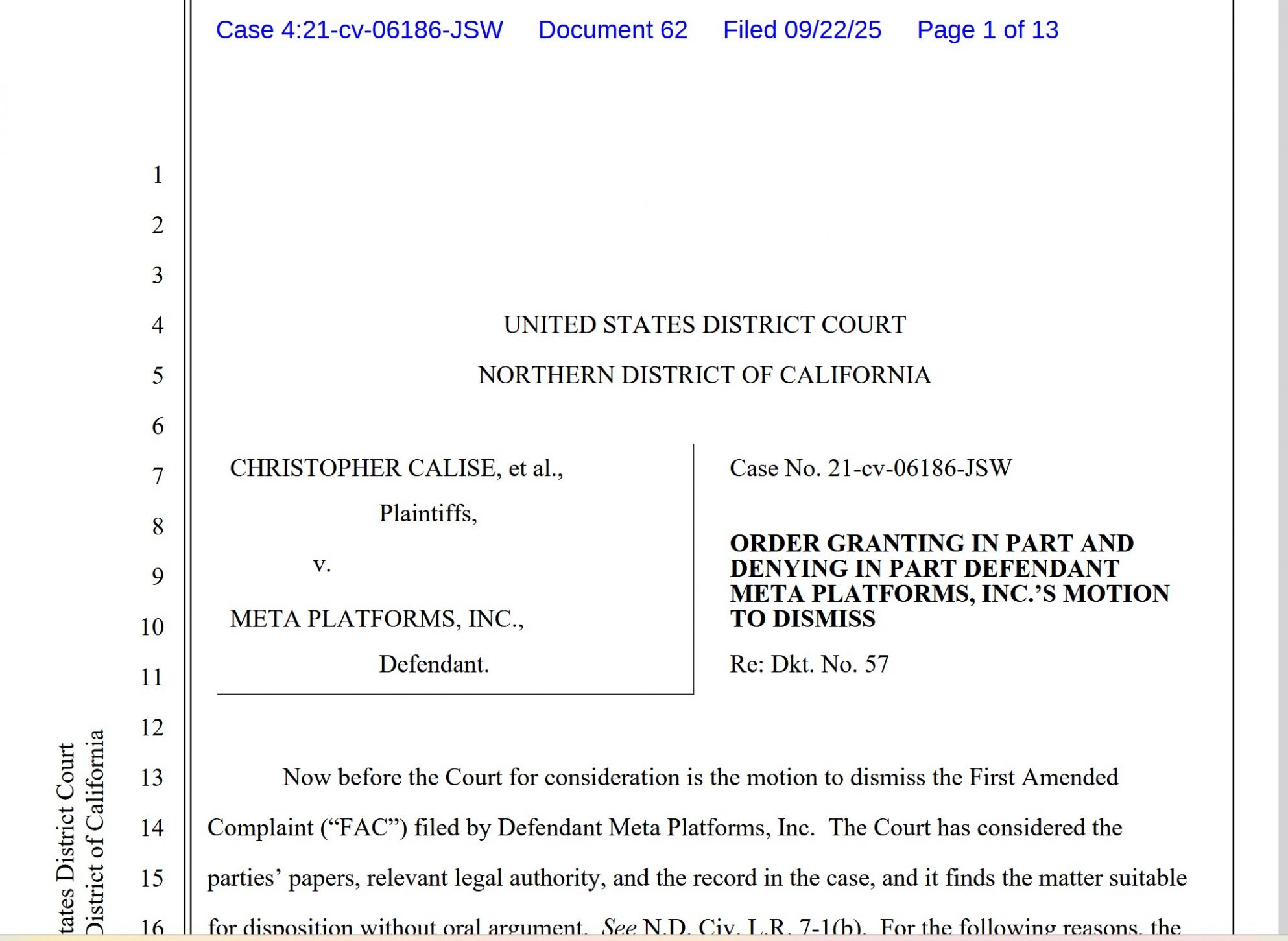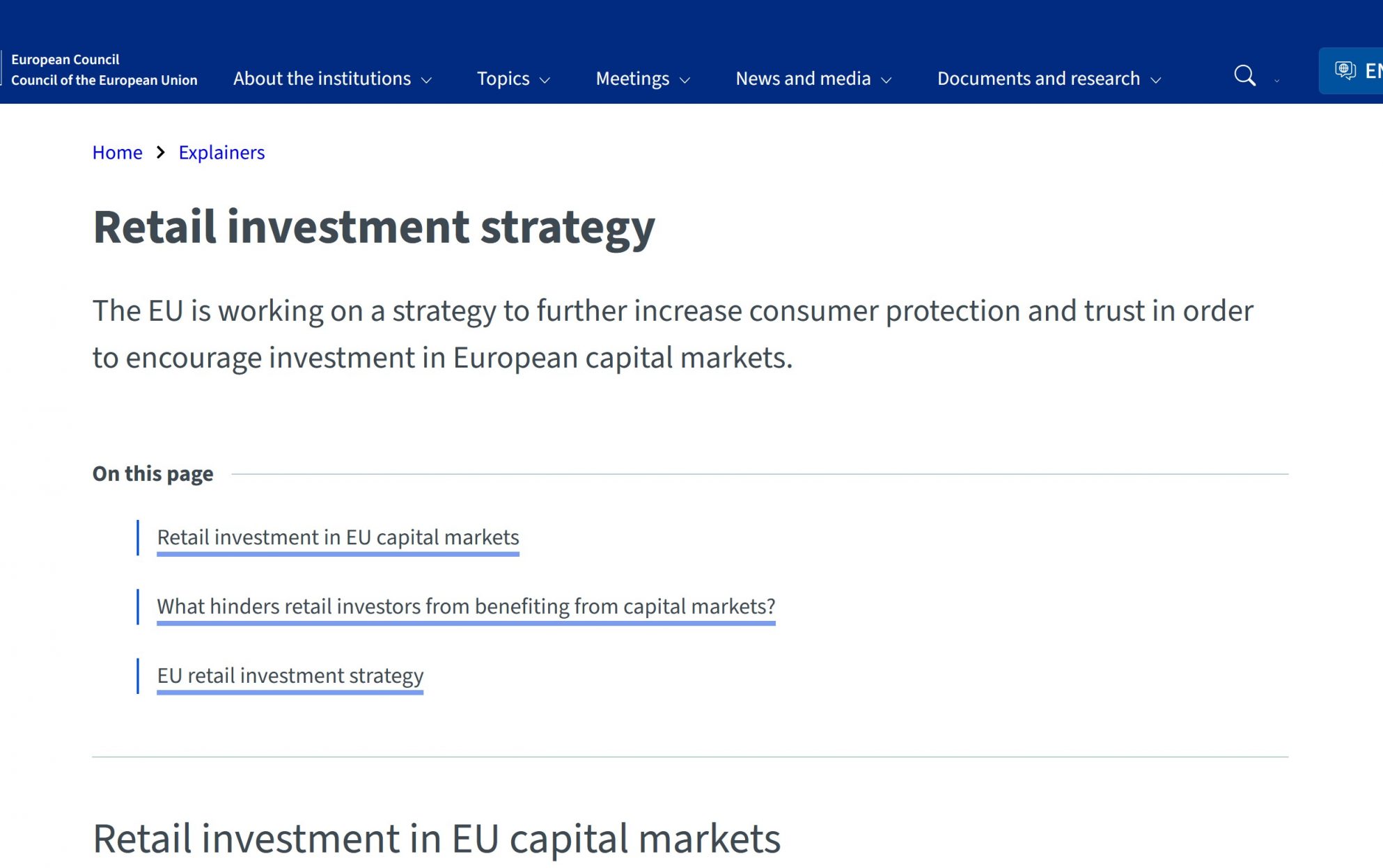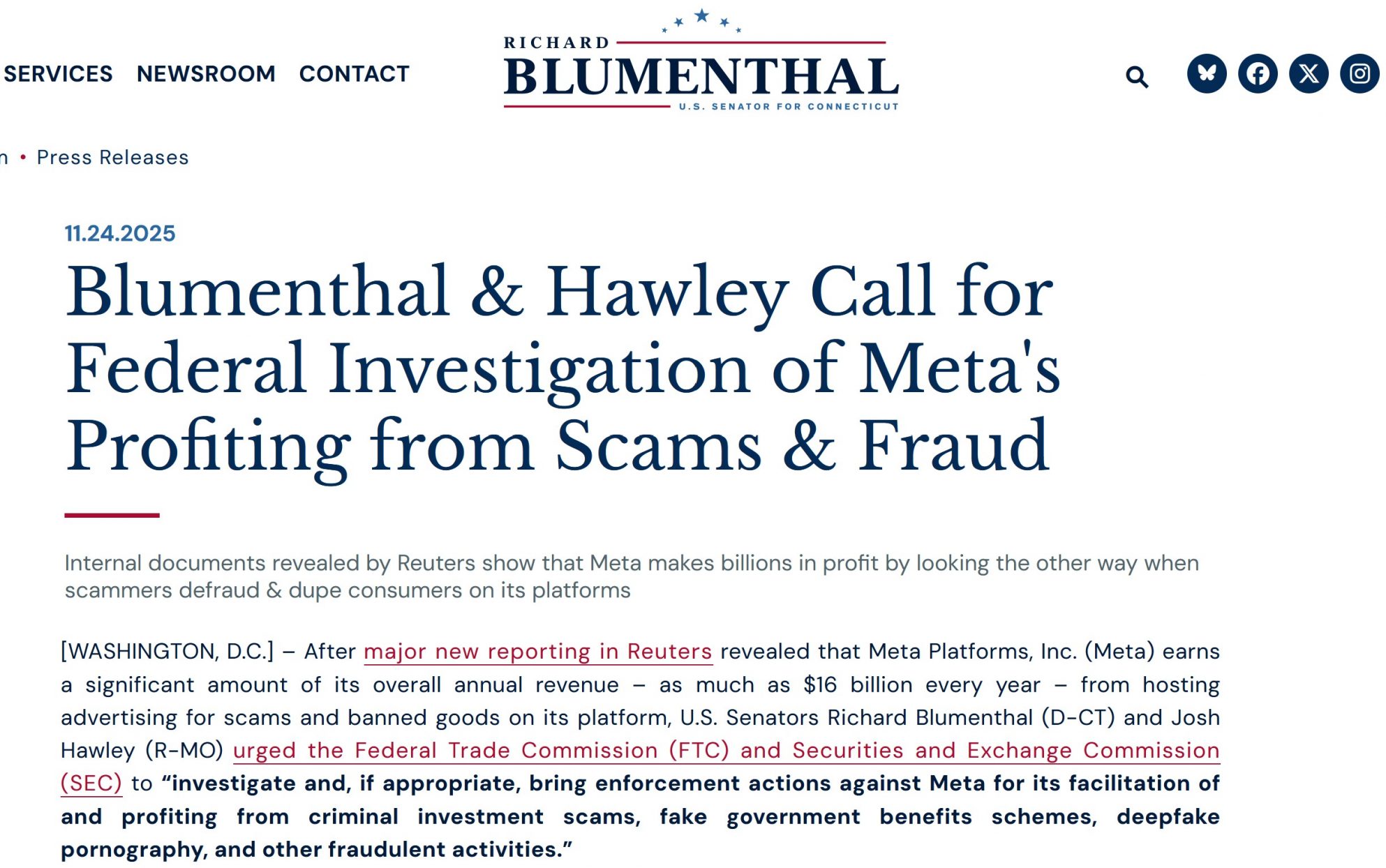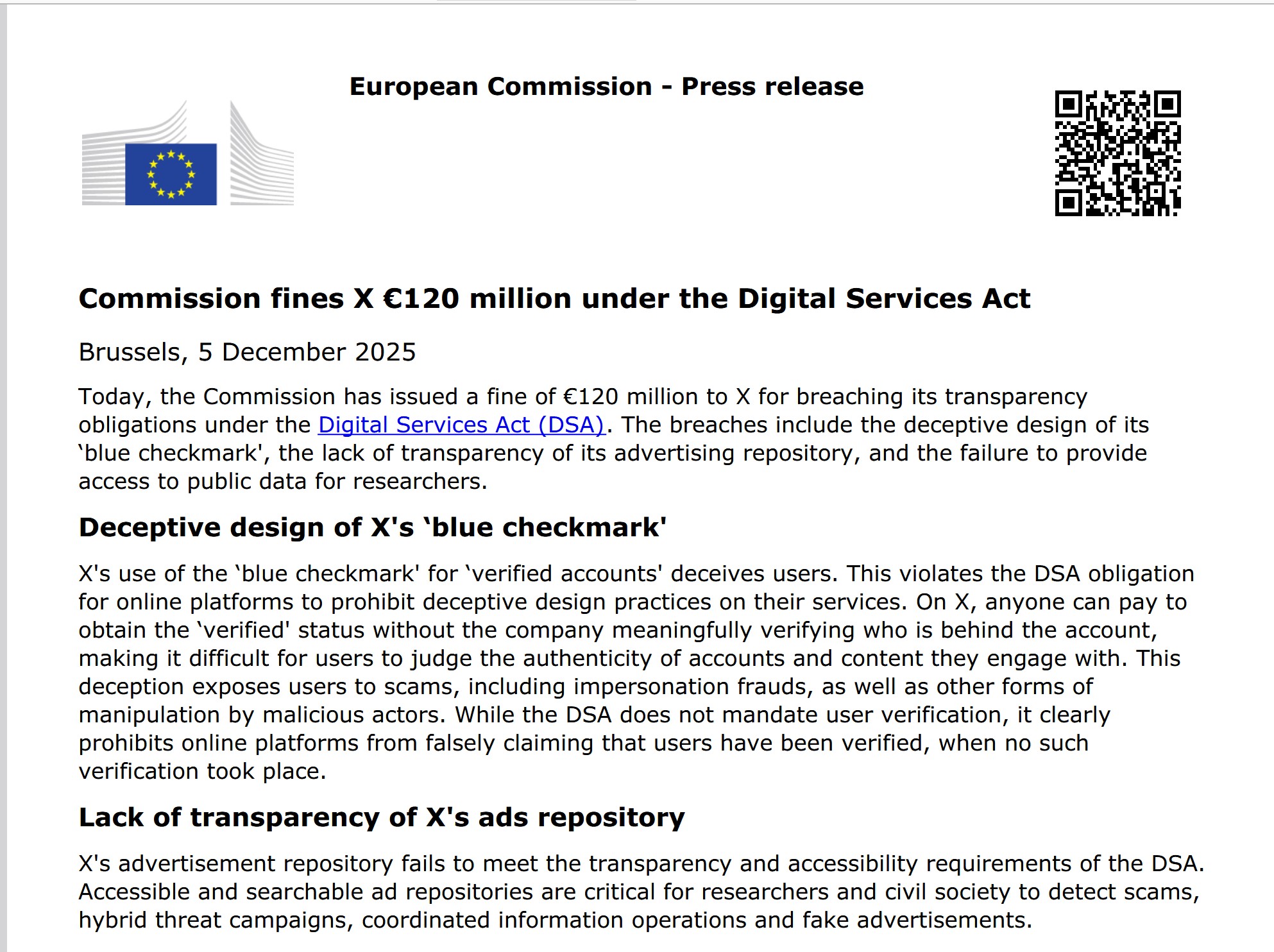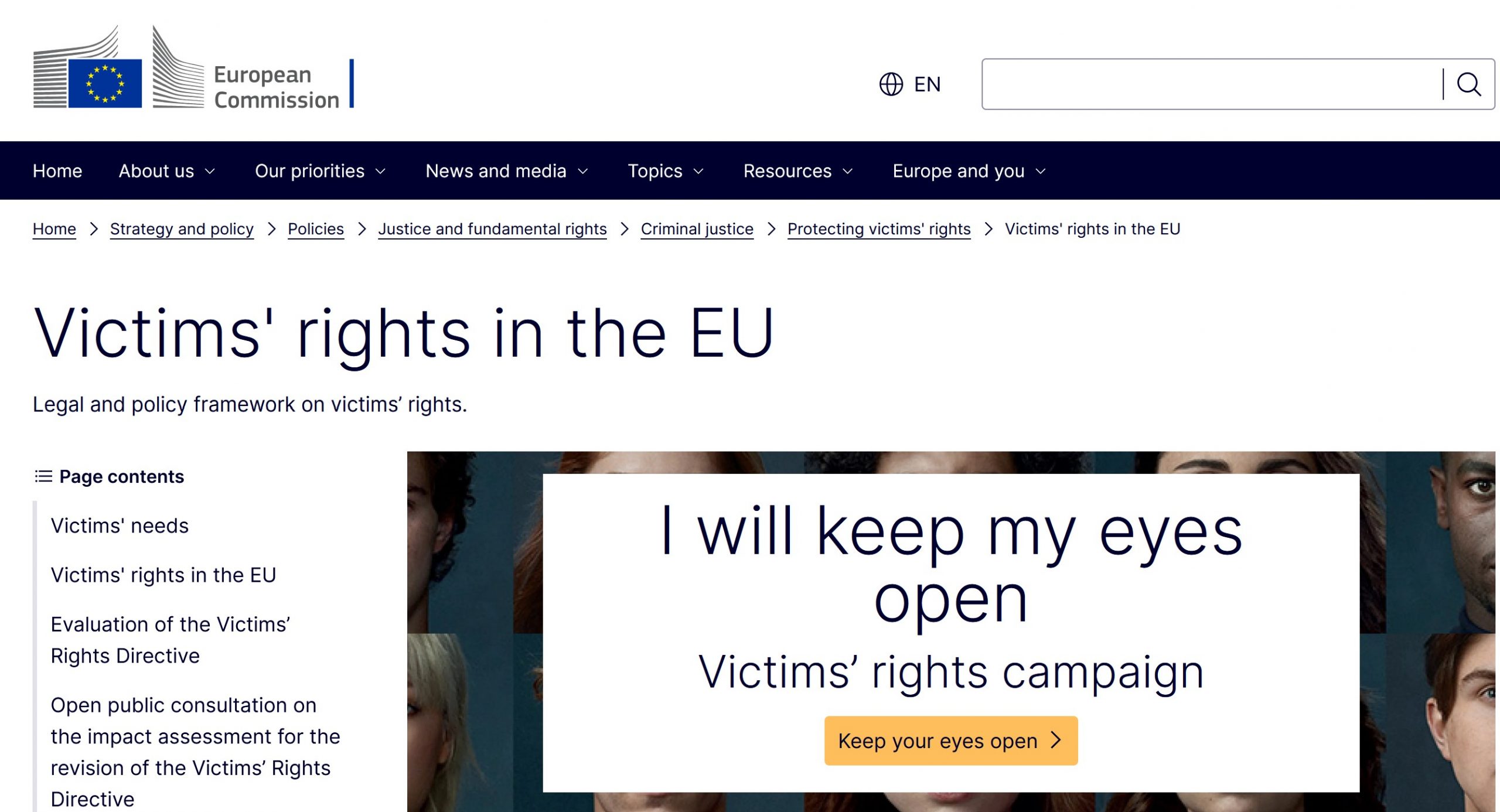Learning from the US Model of Financial Consumer Protection
In yesterday’s article, we discussed the urgent need for a centralised consumer financial protection agency in the EU — a “European CFPB.” Today, we delve deeper into the competencies of the U.S. Consumer Financial Protection Bureau (CFPB) and compare them to the fragmented enforcement landscape in the European Union.
The Power of the CFPB: Unified, Federal, and Focused
The Consumer Financial Protection Bureau (CFPB) was established in 2011 under the Dodd-Frank Act as a direct response to the 2008 financial crisis. It is the only US agency solely dedicated to consumer financial protection, and its powers are both broad and impactful:
Nationwide Jurisdiction: Operates across all 50 states with full federal authority.
Supervision and Enforcement: Directly supervises banks, lenders, and financial service providers — including enforcement actions and the imposition of penalties.
Rulemaking: Issues binding rules on credit reporting, mortgages, payday lending, and more.
Consumer Complaints Platform: Maintains a robust complaint database that has resulted in billions returned to consumers.
Market Monitoring and Research: Analyses financial markets and identifies systemic risks and consumer harm.
Educational Initiatives: Promotes financial literacy and helps consumers make informed financial decisions.
The CFPB’s centralised, proactive, and cross-state enforcement ensures consistency and a rapid response to malpractices — a model that has rights across the US.
The EU Enforcement Model: Fragmented and Reactive
In contrast, the EU relies on a patchwork of directives, national laws, and dispersed enforcement through various financial supervisory authorities in member states. This leads to
Inconsistent Enforcement: Consumer rights vary significantly across member states.
Limited Cross-Border Action: Despite the Single Market, there’s no unified approach to tackling cross-border scams or abusive financial practices.
Slow Reaction Time: The lack of centralised oversight delays coordinated responses to emerging financial threats.
Regulatory Overlap and Gaps: Several EU bodies (e.g., EBA, ESMA, and national regulators) share responsibilities, often leading to confusion and enforcement voids.
Why the EU Should Learn from the CFPB
The CFPB offers a clear blueprint for a more robust, agile, and consumer-focused enforcement model. A European counterpart would
Ensure uniform protection for all EU citizens, regardless of member state.
Enable rapid, EU-wide enforcement against abusive actors, including rogue financial service providers operating online across borders.
Strengthen the EU’s ability to fight fraud, dark patterns, and exploitative fintech practices — especially in a digitalised financial world.
Provide a central platform for consumer complaints and redress, enabling victims of financial fraud to be heard and compensated.
Conclusion: It's Time for a European CFPB
Europe stands at a critical juncture. While it has made significant strides in regulating financial markets, the lack of a centralised enforcement body for consumer protection has created a regulatory gap that bad actors are increasingly exploiting. In an increasingly digital economy, the tools of yesterday are no longer sufficient to address today’s threats.
The explosive growth of online fraud, from fake investment platforms to sophisticated social engineering scams (pig butchering scams), poses a systemic threat to consumer safety and financial stability across the EU. These threats are inherently cross-border, and no individual member state can tackle them effectively on its own.
Trust is the cornerstone of any financial system. Without consistent, visible, and effective enforcement, that trust erodes — particularly in a digital economy where consumers are often just one click away from becoming victims. A European CFPB would serve not only as a protective shield for consumers but also as a signal of credibility and reliability within the EU’s financial markets.
By establishing a centralised, independent authority with genuine investigative powers, the EU can finally align its regulatory ambitions with its institutional capacity and effective enforcement. Such a body could coordinate across jurisdictions, respond rapidly to evolving threats, and champion the rights of EU consumers with a unified voice.
In an era of digital disruption, Europe needs more than regulation — it requires real enforcement. It needs a European version of the US CFPB.


